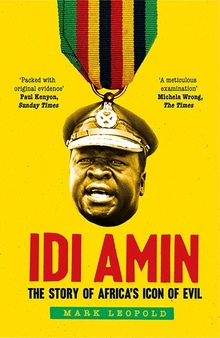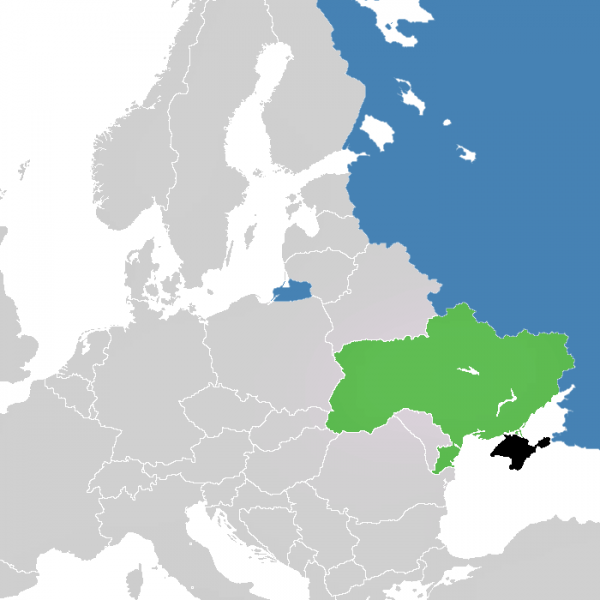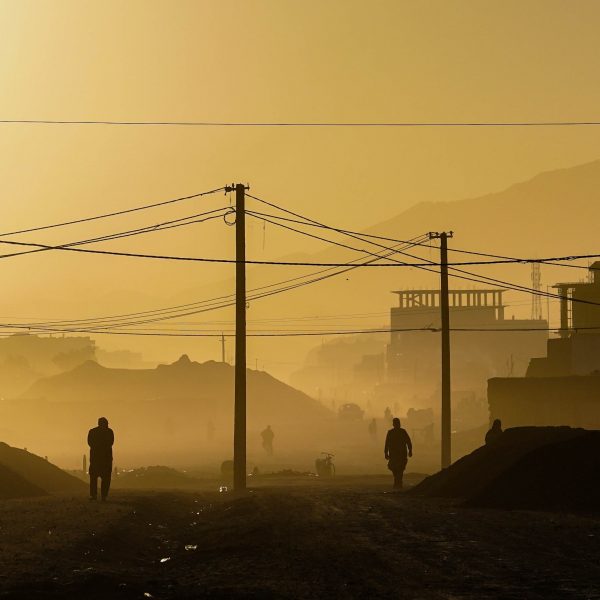Idi Amin: Recruitment and Enlistment
Mark Leopold—
The question of exactly when Idi Amin joined the British Army, like the date of his birth, has been the subject of some disagreement and dispute. Even the British government later had problems ascertaining when he joined up, and whether he had fought in the Second World War. Shortly after the coup in 1971, a biography prepared by the Foreign Office’s Information Research Department stated that: ‘His military career began when he joined the former British regiment, the King’s African Rifles, as a private, and he saw active service in Burma during the Second World War, in Kenya during the Mau Mau crisis, and in Somalia and Ethiopia.’ Later that year, a British Foreign Office report on ‘Leading Personalities in Uganda’ stated that Amin had: ‘Joined KAR about 1945 as a private soldier and saw service in the Burma campaign. Served in Kenya during the Mau Mau emergency when he did well and rose to rank of Warrant Officer.’ At around the same time, Lt Col. B.H. Bradbrooke, a ‘defence advisor’ in the British Embassy in Kampala, in a lengthy report on Amin’s coup, wrote that: ‘He joined the KAR about 1943, served in Burma in World War II, and later in Kenya during the Mau Mau trouble.’ By 1975, however, the Foreign Office had amended the date of his enlistment to what had by then become the accepted year. A lengthy Foreign Office document titled ‘Leading Personalities in Uganda 1975’ stated, under the section on Amin, that he ‘Joined KAR about 1946 as a private soldier. Served in Kenya during the Mau Mau troubles when he did well and rose to Warrant Officer.’ This became the official line, and was echoed in the briefing for a 1975 visit to Uganda by the Foreign Secretary, James Callaghan. He was informed that Amin ‘Joined King’s African Rifles 1946, rising to Warrant Officer during the Mau Mau troubles in Kenya.’
This was to remain the officially agreed date in the British government files. However, it is by no means impossible that, while Idi Amin officially signed up in 1946 (hence the British account, based on written records), he was informally taken on, as what we would now call a ‘child soldier’, some time earlier. Jaffar Amin’s account has him ‘enlisting’ as a 12-year-old:
“At 12 years old, Dad landed a gig in the Kitchen Mess of the King’s African Rifles aboard the Navy Ship named SS Yoma during the Second World War. According to him and others, he started his career in the King’s African Rifles in 1939 when he landed the gig at the King’s African Rifles Kitchen Mess as a Kitchen help. He would eventually join the Fighting Unit. . . . Dad’s gig in the King’s African Rifles Kitchen Mess took him aboard the Navy Ship SS Yoma, which plied the following sea route and back between the World War II years . . .
Mombasa Port
Cape Town
Madagascar . . .
Mombasa Port
Mogadishu
Djibouti
Aden
Port Sudan
Suez Canal.”
According to Wikipedia (which is usually reliable on Second World War military history), the Yoma had, before the war, been a commercial vessel plying the route between the UK and its colony of Burma. After 1939, it continued to sail this route commercially, travelling in naval escorted convoys from Liverpool to Rangoon, until January 1941, when it was requisitioned and turned into a troop ship. On 18 February, Yoma sailed from Glasgow to Freetown (Sierra Leone), on to Cape Town, and then round the Cape of Good Hope into the Indian Ocean. There, the ship spent the next two years ‘moving troops mostly between Mombasa, Aden, Bombay, Colombo and Bandar Abbas’. Her last Indian Ocean voyage was in April 1943, after which Yoma was transferred to the Mediterranean and sailed from Gibraltar to Alexandria via Tunisia and Libya. While on the second trip over this route, carrying 1,128 British soldiers and 665 Free French Naval Forces, Yoma was sunk by a German U-boat submarine on 17 June 1943. What are we to make of this? There is some overlap between Jaffar’s account and the historical record on the SS Yoma; the route outlined in the former is not dissimilar to Yoma’s 1941–43 itinerary, though it is not exactly the same and, if his son’s information is correct, Idi Amin seems to have sailed only as far as Egypt. However, this was clearly not a route the ship plied for the whole duration of the war, as Jaffar suggests, as it was transferred to the Mediterranean and then sunk. If Amin was a kitchen boy on the boat for a time, it would provide a partial justification for his frequent claims in later life to have fought in the Burma Campaign during the Second World War. Jaffar Amin’s account is partly based on memories of the tales his father used to tell about his military life, but also on an interview he had with a man named Ronny Bai, who said he had joined up at the same time as Idi Amin. Jaffar claims he subjected Bai to ‘Stasi-style’ interrogation to ascertain the truth of his story, and appears to have gone to some lengths to confirm it by fact-checking. According to Jaffar,
“In the stories Dad had told about the Second World War, he had claimed that during the war, he was on board a ship that was downed by a U-Boat and an American Destroyer rescued them. Records show that the Navy Ship SS Yoma was sunk on June 17 1943, between the Port of Alexandria and the Libyan Coast. So Dad’s story definitely has some truth in it. Moreover, according to Dad, the rescue team had wanted to send them all the way to the United States of America! In jest, Dad used to say ‘All of my seeds, all of you, would have ended up being Niggers’. . . . Dad liked to crack jokes and laugh even though some of his jokes could be very annoying and in terrible taste. . . . Dad regularly talked about the African Slave Trade and the deplorable conditions Africans were subjected to as they were being transported to the Americas to work as slaves.”
The date of the sinking of the Yoma is right but, according to Wikipedia, the ship’s crew were rescued, not by an American destroyer, but by two Australian corvettes, two British minesweepers and a merchant ship. These vessels rescued 1,477 sailors and troops, while 484 people died, including the Yoma’s captain. This rather destroys Amin’s ‘joke’ about his children becoming African Americans, and casts further doubt on Jaffar’s account.
But, if the story was fabricated, why are so many of the details right, or nearly so? One possibility, as I have suggested, is that Amin did work on the ship for a time as a young boy; another might be that he knew someone who had been on it, and had appropriated the story for himself. As with so many tales about Amin, it is impossible to know for sure.
From Idi Amin by Mark Leopold. Published by Yale University Press in 2021. Reproduced with permission.
Mark Leopold is Lecturer in Social Anthropology at the University of Sussex.
Further Reading:





